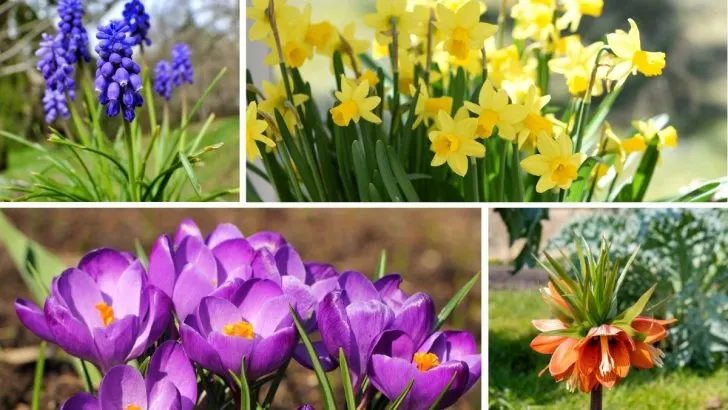If you’ve ever marveled at gardens that burst into life year after year without much fuss, you’re likely admiring the handiwork of perennial flowering bulbs.
These unsung heroes of horticulture are planted in the fall and quietly prepare beneath the soil for their spring and summer spectacles. Imagine planting once and reaping years of vibrant color—sounds magical, doesn’t it?
What makes these perennial bulbs so enticing is their ability to provide a consistent parade of blooms, with minimal input from the gardener. While some bulbs, like tulips and hyacinths, tend to play the one-season wonder card, others can charm us season after season if treated with just a tad more care.
So, what makes the ideal perennial bulb for your garden? It’s a mix of reliability, resilience, and of course, a splash of color to brighten up those rainy spring days.
1. Allium: A Symphony of Spheres
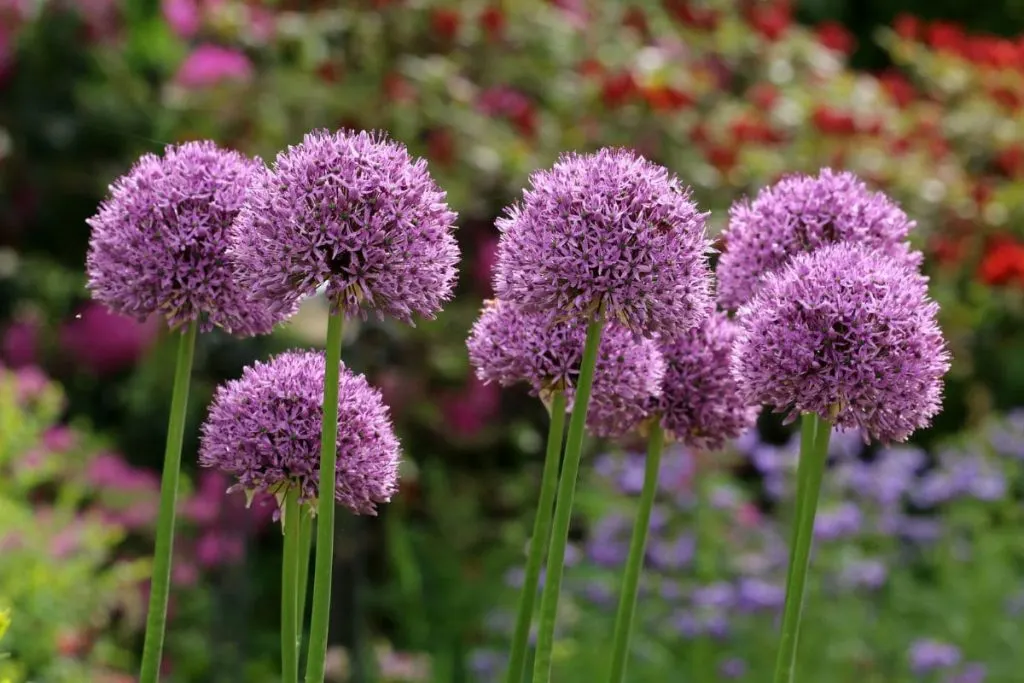
Alliums are like the magicians of the garden world—adding height and a touch of mystery with their globular blooms. These perennial beauties love to make an entrance from mid-spring to early summer. Their enchanting spherical flowers attract pollinators, making your garden a bustling hub of activity.
Planting Tips: Aim to plant them around October-November, embedding the bulbs 4-8 inches deep in a sunny, well-draining plot.
Garden Advice: Laura Janney, a renowned garden designer, suggests planting alliums en masse for a striking effect. “Their dramatic height can lend an elegant architectural quality to your garden,” she notes. Alliums don’t just look good; they perform the practical role of standing guard, unattractive to deer yet irresistible to bees.
2. Bluebell: Woodland Charm Awaits
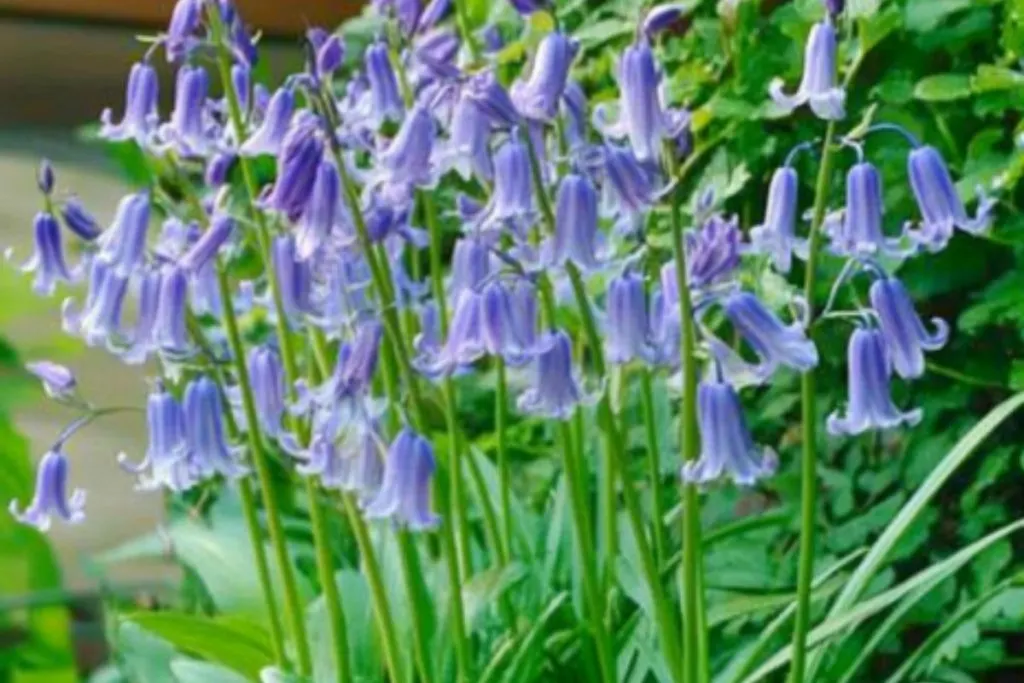
For those shady areas in need of a floral friend, look no further than the humble bluebell. These woodland wonders thrive in low light, bringing a carpet of blue that whispers of fairy tales and enchanted forests. From spring’s early call until the dance of May, bluebells sway, casting their spell over any shaded nook.
Planting Guidance: Bluebells are best planted in September or October, with bulbs positioned 4-6 inches deep in rich, compost-enhanced soil. They love the company of other perennials, which can help disguise their fading leaves as summer approaches.
3. Camassia: Tall Grace and Native Heritage
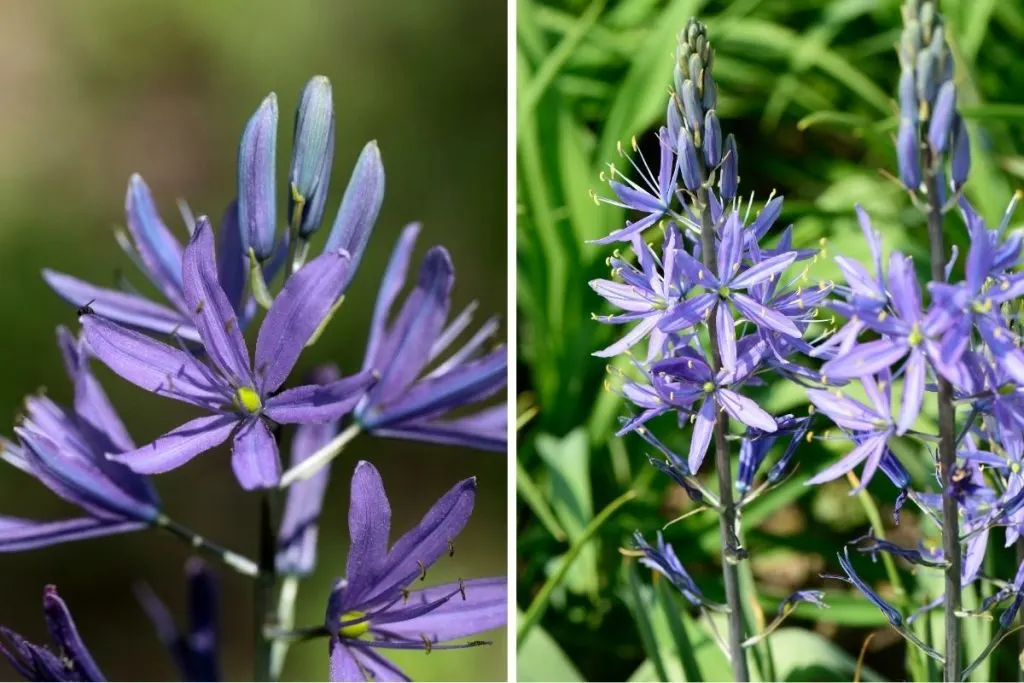
Camassias might not don a superhero cape, but they’re unique in their ability to thrive in challenging soils where others falter. Native to North America, these striking bulbs offer tall spires of star-shaped blooms, a nod to their deep-rooted past among indigenous peoples.
How to Plant: Set these bulbs 4-6 inches deep, ideally in heavy or moist soils that bask in full sun. Their flowering season stretches from April to June, bridging the gap between spring’s fresh awakening and summer’s full bloom.
Why Plant Camassia? These perennials stand tall, literally and figuratively, providing a vertical interest in any garden. A blend of beauty and resilience, they require minimal care once established, making them perfect for gardeners seeking hassle-free elegance.
4. Crocus: Early Risers of the Floral World

When winter’s grip loosens just a bit, crocuses make their timely appearance, injecting color into the stark landscape. While technically corms and not bulbs, crocuses are honored guests in the world of spring blooms, heralding a new season with their cheerful hues.
Perfect Planting: Insert these corms just 3-4 inches beneath the soil from September to November. Their compact nature allows them to nestle at the front of borders or to peek through grassy lawns.
5. Crown Imperial Fritillary: Royal Elegance
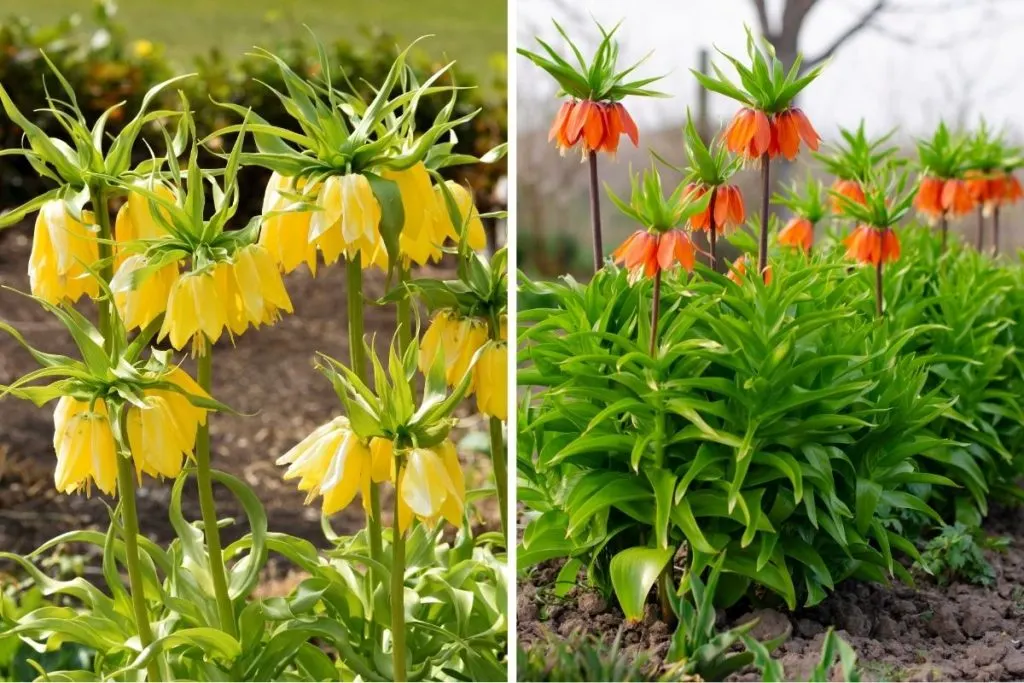
Want to add a regal touch to your garden? Crown imperials are here to oblige with their stately presence and unique bell-shaped flowers. These large bulbs insist on immediate planting to prevent drying and require a well-drained position to avoid rotting.
Planting Instructions: Dig deep—about a foot for these regal bulbs during September-October. A bed of gravel beneath them helps ensure they are not bogged down by excess moisture.
Why Choose Crown Imperials? Their vibrant hues of red and yellow add grandiosity to any garden. A spot in the sun will ensure they bloom with a flourish before retiring for a brief summer’s nap.
6. Daffodil: A Symphony of Sunshine
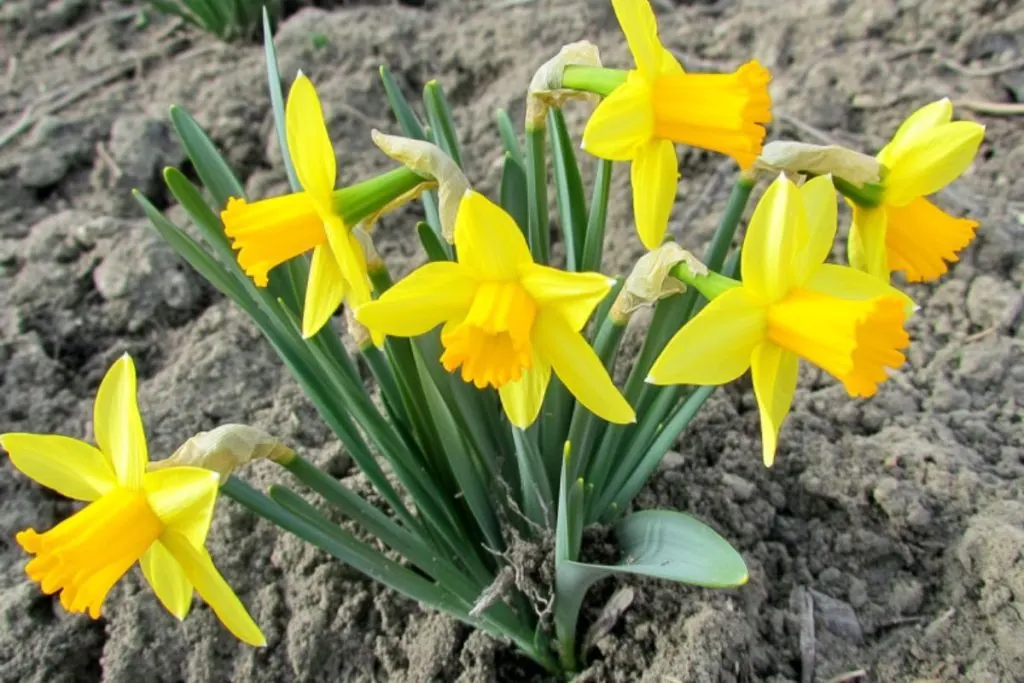
Nothing heralds the onset of spring quite like the cheerful daffodil. With myriad species and endless cultivars, these flowers offer every gardener a chance to indulge in a sea of sunshine yellow. They promise color from the earliest days of February to the long, soft evenings of May.
How to Plant Daffodils: Nestle these bulbs 4-6 inches deep between September and November. Versatile and forgiving, they require just sunshine and well-draining soil to flourish.
7. Grape Hyacinth: Tiny Clusters of Joy
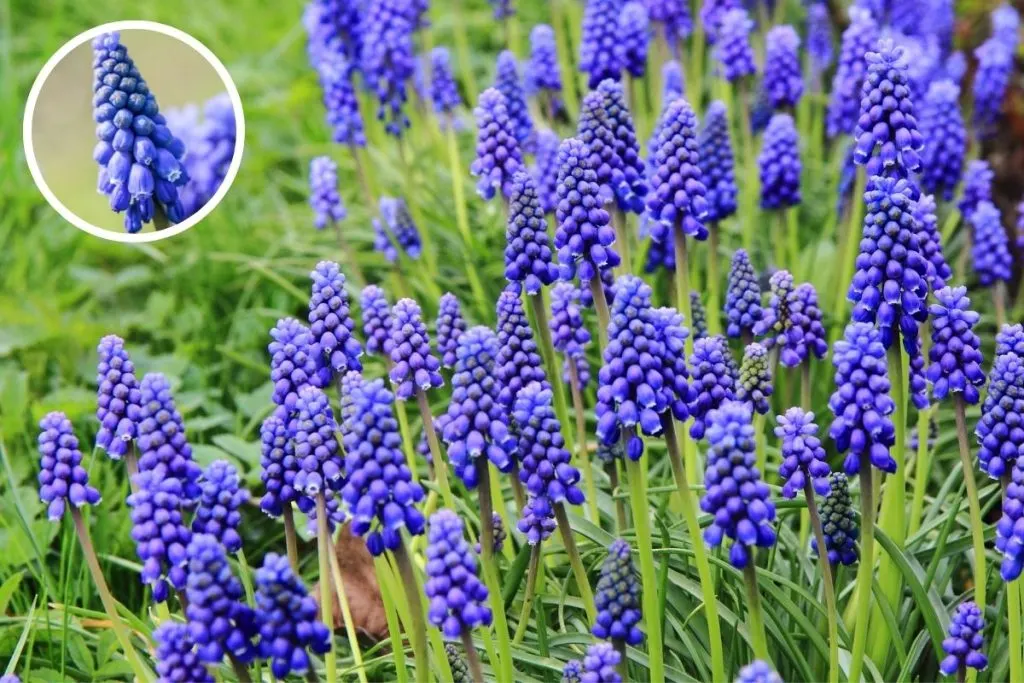
Grape hyacinths might be small, but they’re determined to make a big impression. Their clusters of tiny, jewel-like blooms are delightful whether peeping through a container or dotting a vibrant border.
Planting Guide: Insert muscari bulbs 3-4 inches deep from September to November. They adore clusters and will naturalize over time, creating a sea of color.
8. Iris: The Garden’s Bejeweled Beauty
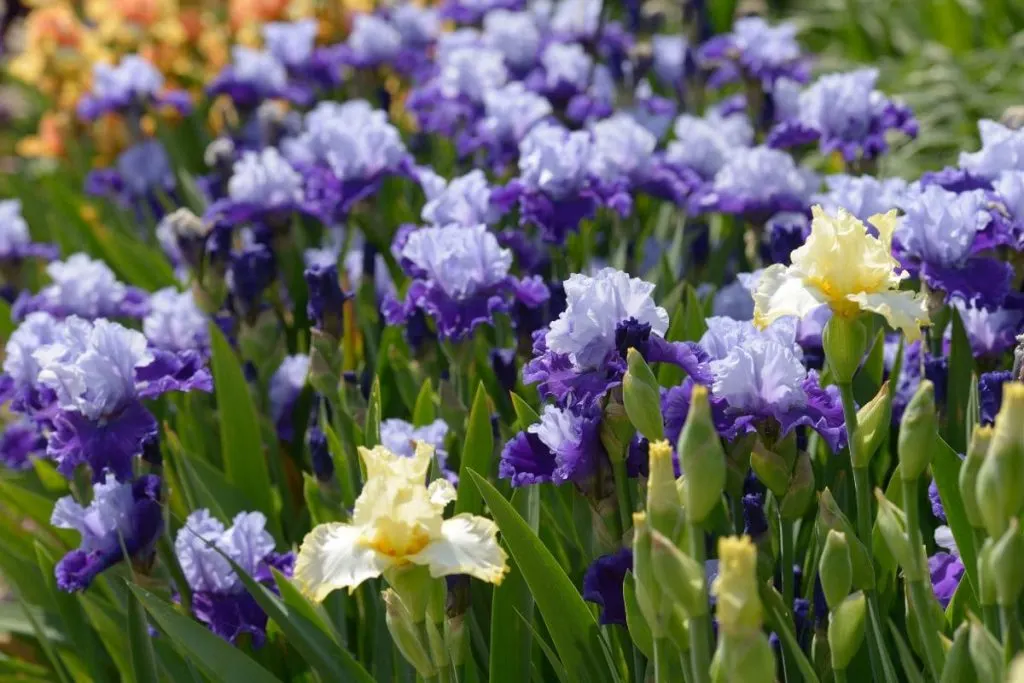
Iris is a name that encompasses a vibrant array of garden jewels. Some emerge from bulbs, others from rhizomes, but all bring elegance and a palette of colors to the garden canvas. From winter’s edge to early summer’s warmth, irises keep on giving.
Plant Irises with Care: Bulb varieties should be nestled 6 inches deep between September and October. A preference for sunny, sheltered spots allows them to display their full grandeur.
Why Irises? These blooms require minimal maintenance and offer a dynamic color palette that suits any garden style. Deadheading is optional, but cutting back foliage ensures vitality for the next blooming cycle.
9. Lily: Majestic Summer Blooms
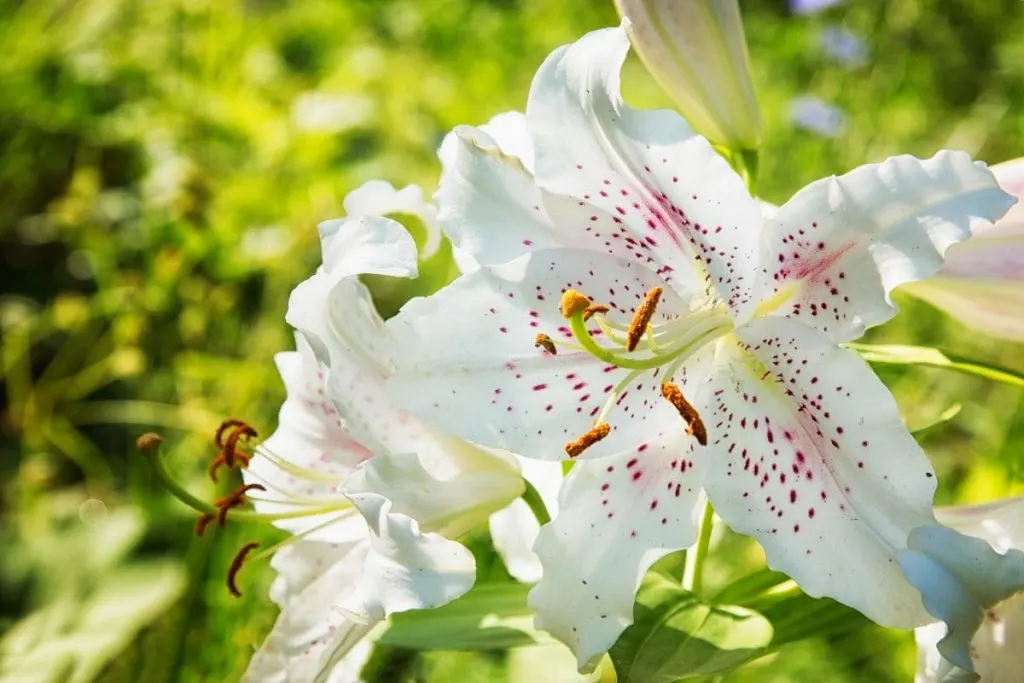
Lilies bring a touch of the exotic with their flamboyant blooms and heady fragrance. Often associated with elegance and grace, these summer bloomers are a gardener’s delight, versatile enough for the garden or a decorative pot.
How to Plant Lilies: Aim for late fall planting, and ensure bulbs are buried about 8 inches deep. A sunny locale with fertile soil ensures these beauties flourish.
Gardener’s Tip: Taller lilies may require support, but if planted deeply, they often stand proud without aid. Deadhead them to prolong their lavish display of flowers.
10. Snowdrop: The Harbinger of Spring

For those who crave the first whispers of spring, snowdrops are a must. These hardy bulbs defy the bite of winter, offering delicate white blooms that signal the arrival of warmer days.
Snowdrop Planting Basics: They prefer the chill of October-November for planting, with bulbs sitting 3-4 inches deep. These early risers flourish in shaded woodland settings.
Snowdrop Secret: Choose to plant them ‘in the green’ after flowering for the best chance of a stunning return the following year.

